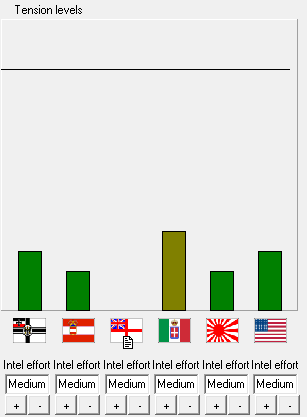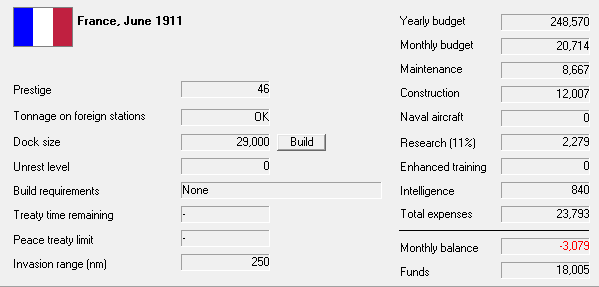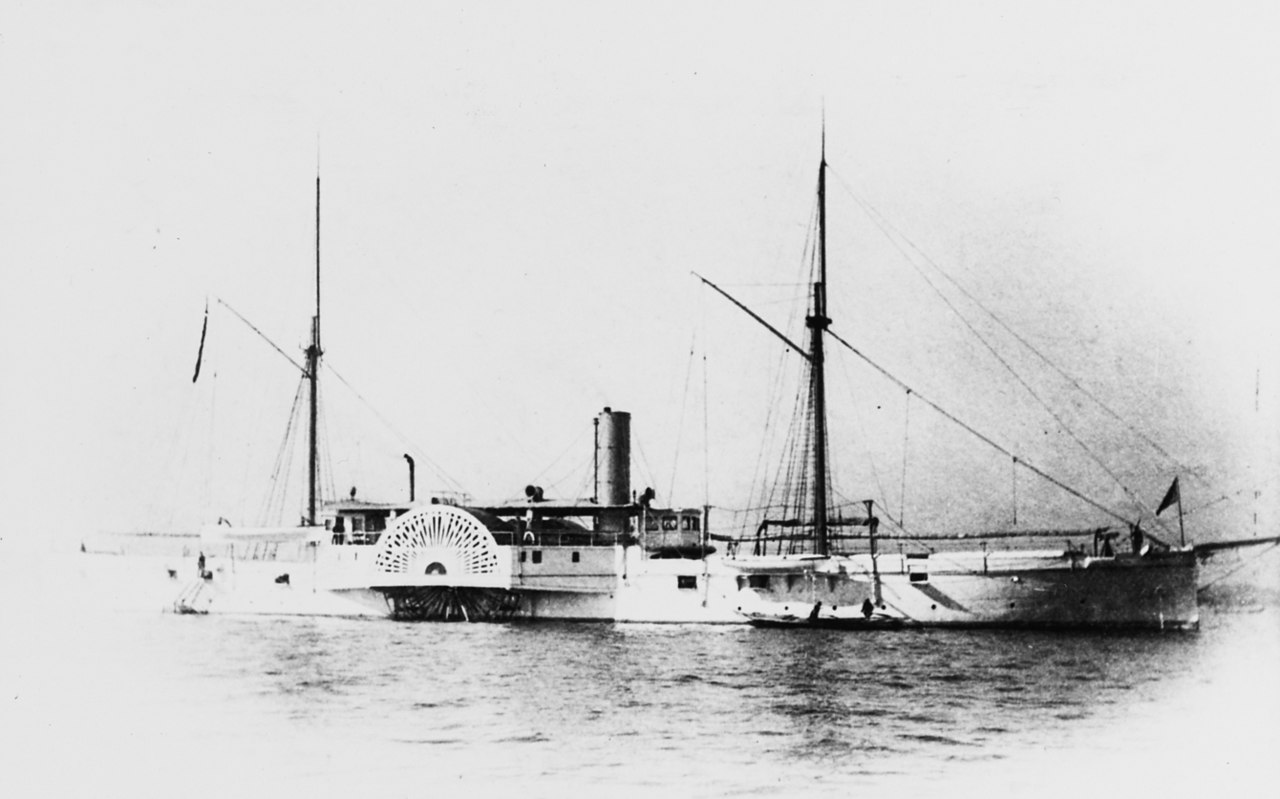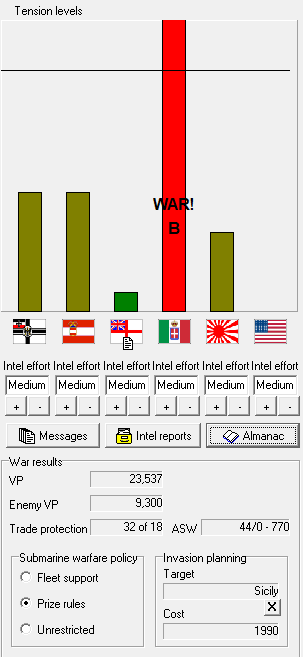For a continent that was the focus of world affairs for so long, and that has such a violent maritime history, the history of riverine warfare in Europe is strangely sparse. Both the Rhine and the Danube are major navigable rivers, and both hosted fleets in Roman times, but information on gunboats and other ships that used them for military purposes is sparse or nonexistent. It is perhaps telling that the most famous riverine battle in Europe during the last 400 years was fought on the Medway, a tributary of the Thames, entirely by seagoing ships and forts.1

The Dutch raid on the Medway
Rivers did play an important part in campaigns going back millennia. The Romans operated fleets on the Rhine and Danube to protect the Empire's frontiers, and Charlemagne used the Danube and Elbe in his campaigns against the Slavs, Saxons and Avars. The Vikings would often base themselves at the mouth of a river, then launch ships upriver to raid settlements along it, even reaching Paris up the Seine. Much like the Union armies in the American Civil War, the armies of revolutionary France were named after the rivers they fought over, including the Rhine, Danube and Moselle. The Austro-Hungarian Empire had long operated gunboats, first powered by sail and oar and later by steam, on the Danube, and their gunboats had beaten the Italians on Lake Garda during the Third Italian War of Independence.2 Later, during the Franco-Prussian War, the French used a flotilla of gunboats on the Seine during the Siege of Paris, some of which were later taken over by the Paris Commune. The Commune was unable to use these gunboats effectively, and the French Army managed to sink one and send the rest back to port to take no further part in hostilities. Read more...












Recent Comments